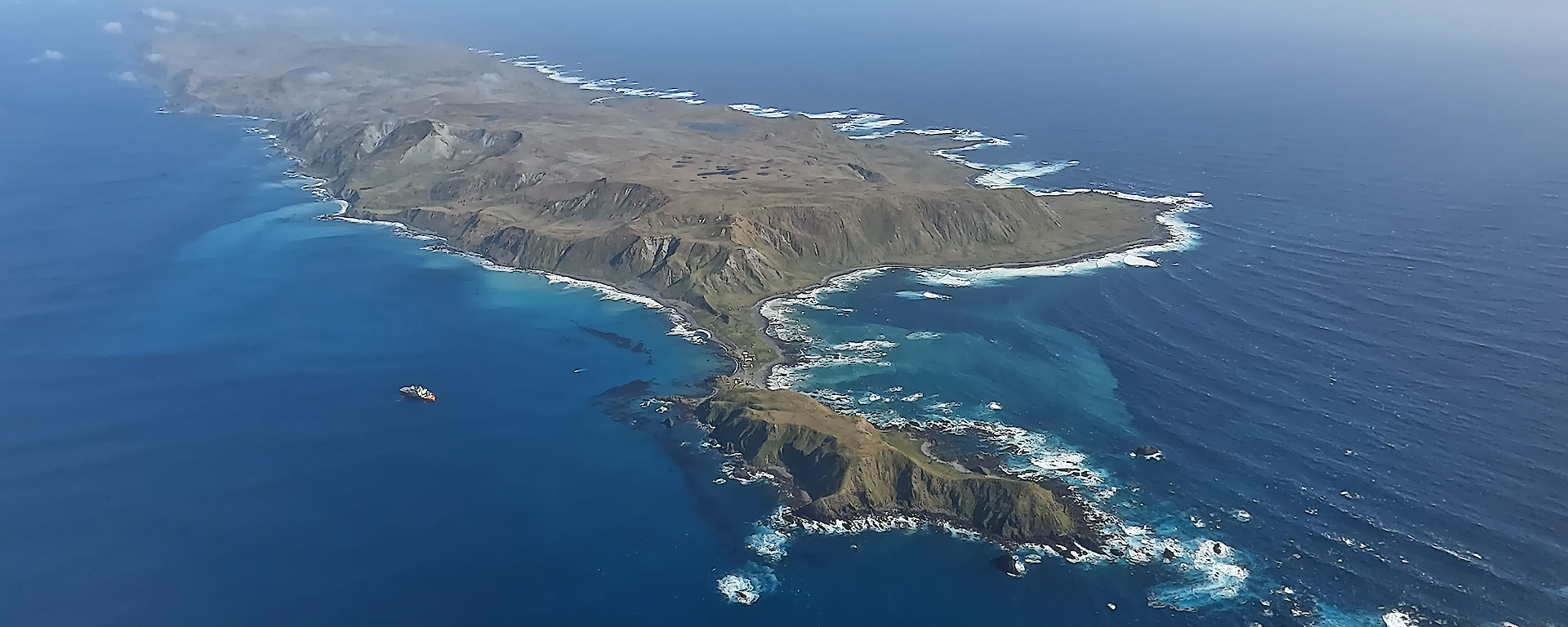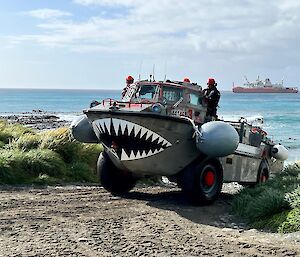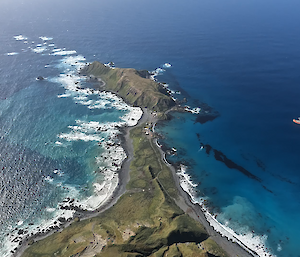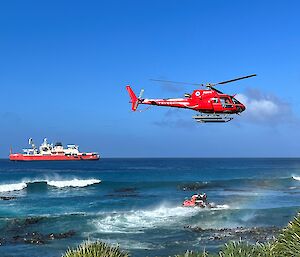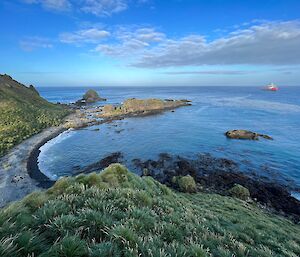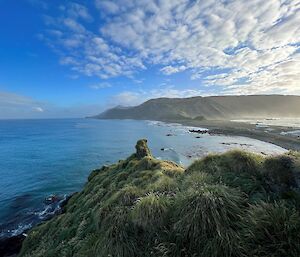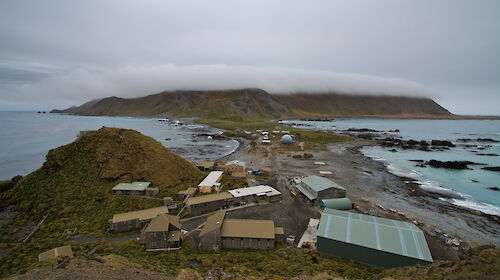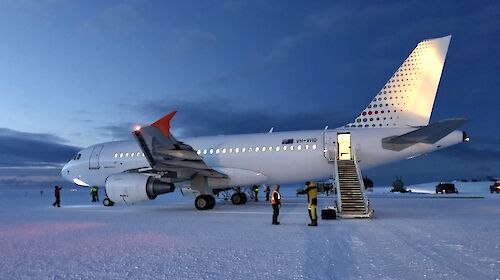The Australian Antarctic Division (AAD) has completed a massive resupply of Macquarie Island research station following two weeks of intense efforts by RSV Nuyina and station teams.
AAD Strategic Infrastructure Manager Adrian Young said good weather had been the helping hand needed get the job done.
“It’s been a really good outcome for us. We plan for the worst and hope for the best. This year has seen a really good break in the weather and we’ve been able to successfully get a lot of cargo off,” Mr Young said.
Boats with wheels
Supplies were delivered using amphibious vehicles known as ‘LARCS’ able to navigate choppy seas, rocks and kelp and drive up the landing beach.
Helicopters also played a significant role carrying sling loads from ship to station.
The mission included 100 tonnes of regular resupply cargo plus another 350 tonnes for the first year of the Macquarie Island Modernisation Program.
“This first year our primary objective is setting the station up to support the construction over the next few years. Our main focus is refurbishing the main accommodation building,” Mr Young said.
Over coming years buildings will be modified, while other ones decommissioned.
Several remote field huts across the 34-kilometre long island will also be fixed up.
Station leaders swap
Macquarie Island research Station Leader Pete Pedersen it would be a busy year ahead for the station’s expeditioners.
“There are 21 people total for our year and a large contingent of those are tradespeople and their job will be to get stuck into those big improvement projects,” Mr Pedersen said.
Outgoing Station Leader for 2021-2022 Derek Stevens said Macquarie Island always left its mark on those lucky to work there.
“Living and working on Macca is an emotional experience. This place gets under your skin if you let it. I think this is why so many people keep coming back,” Mr Stevens said.
“It’s an amazing place and your time here provides an invisible yet enduring thread that binds us to the island.”
AAD Director Kim Ellis thanked both incoming and outgoing station teams, as well as the crew of Nuyina.
“This has already been an extremely busy Antarctic season but to top it off with an ambitious delivery like the Macquarie Island resupply is a major accomplishment,” Mr Ellis said.
Working with wildlife
Macquarie Island is home to more than 3.5 million seabirds, 80,000 seals and is listed as a UNESCO World Heritage site for its unique geological features.
Works this year will involve refurbishing the main accommodation building and establishing worksites.
“This will be done in a way to prevent wildlife from wandering into worksites. This not only protects them but allows tradies to get on with the job,” Mr Ellis said.
“We’re not offering apprenticeships to king penguins and we don’t need seals as supervisors. The Macquarie Island Modernisation Program is undergoing a rigorous environmental assessment to minimise impacts on the ecosystem.”
The overall renovation will include:
- Consolidating the station area and reducing the total number of buildings on the island from the existing 48 buildings
- Renovating core buildings in the station to ensure ongoing year-round operation of station and field-based research activities
- Decommissioning older redundant buildings
- Refurbishing three of the six field huts
- Assessing ways of protecting the station from ocean inundation
- Removing asbestos from all buildings.
More cargo, including new fuel tanks, will need to be delivered in the years ahead.
Macquarie Island Nature Reserve and World Heritage Area is managed by Tasmania Parks and Wildlife Service.

